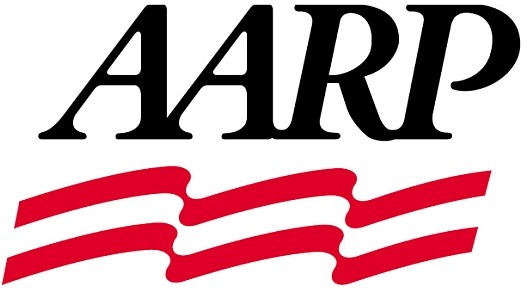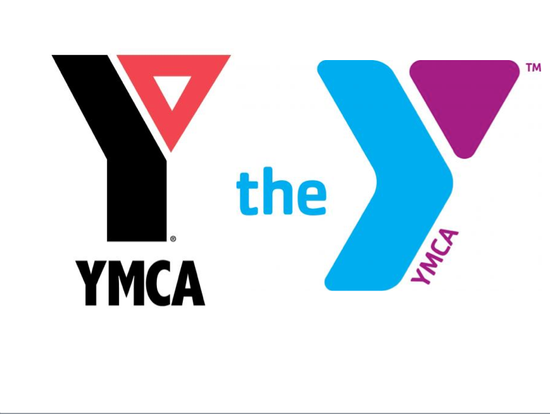I love a nickname more than most people. I’ve given most of my family (including my two kids), my pets and friends a nickname. (Yes, I’ll admit that I call my son “Pants” – but I just loved the way they looked on him when he was a baby. And he responds to it. But, I digress.) Why do nicknames become second nature? In stereotypical American style, they are easier and quicker to say.
Nicknames also apply to brands. Consumers often create new names or nicknames to refer to companies and products they use a lot or regard in a personal way. And sometimes those names stick. Often, those names are acronyms. A few examples: AAA (Known as “Triple A”), GEICO, ASPCA, NASA. Could you recall what words those acronyms even represent? It might take you a while because that nickname has morphed into the brand name.
We just started a rebranding project with a client that has had an internal debate for quite some time on whether they should adopt their acronym name and drop their long, descriptive name. They’ve been known by their acronym for so long, it’s almost become their brand. They asked us what we would recommend and my first thought was “well, it could cause more problems than it solves.” My second thought was “on the other hand, it could also free their brand to move to the next level” (which is why we are rebranding them in the first place). I knew that in order to come to a conclusion, I’d have to go look at past projects, conduct some additional research and think about it some more. I’ve rolled up final thoughts into this blog post.
My first thought was right on target. While adopting an acronym as its name, a brand will have to suffer some side effects, at least for an initial period of time. Case in point: AARP.

Formerly known as the American Association of Retired Persons, AARP adopted the acronym as their name in 1999. Although they wanted to continue the tradition of being “dedicated to enhancing quality of life for all as we age” started in 1958, they literally wanted to retire the word “retire.” With more than half of its members still in the workforce, they wanted to shed the image of aging and instead focus on the power of what they’ve always done; advocate for consumers in the marketplace. But now the only membership guideline is that you have to be at least 50 years old.
Unfortunately, even though the shift to being known as just AARP helped them broaden and modernize their brand, there are still instances where they are referred to the organization “formerly known as the American Association of Retired Persons.” That’s a side effect. But, as long as they use consistent messaging and don’t commit half-heartedly, it will eventually become accepted by all.
This year, AARP launched a new phase of their rebranding with a new tagline “Real Possibilities.” This new brand position “aims to revitalize and reposition the AARP brand” as a relevant partner to potential members; an organization that can help them “turn dreams and goals into real possibilities.” Source While you could argue that AARP has significant money to promote and advertise this new branding which will help with brand recognition, you could also argue that if the brand has a strong enough member base who connect with the new brand direction then it will be a seamless transition.


By transitioning to just the acronym SCORE, they have begun to shift their image to a more friendly and approachable brand. They sometimes even use the phrase “to win you have to score” in casual settings which is a warm and open way to describe how they support small businesses.
Like a traditional rebrand, there are three criteria that your brand should meet before you consider dropping your company name and adopting an acronym. Some of these rules are similar to our rules for a rebrand (post on that coming soon.)
- Is the acronym usable? Your members, donors, etc need to currently use it, which shows a rebrand could be a smooth transition. (There are some brands that start right off the bat with an acronym as a name, but that’s a subject for a different post.)
- Is your acronym memorable? Your customers need to be able to easily remember it.
- Is your company name and the acronym synonymous? You need to be confident that your customers will always think of your company when the acronym is spoken. If your customers already do call you by your acronym, you can assume that most people will adopt it.
Even if your nonprofit’s acronym passes all of the above criteria and you’re ready to take a leap forward it can still be a challenge to commit. A lot of nonprofits depend on their name to represent the long history that has helped them become and stay so viable. Here are two examples of how this challenge has been overcome.
By 2010, the leaders of the YMCA felt like they had reached the height of awareness; nearly everyone knew their name. But yet very few knew exactly what programs and services were behind the brand. It was much more than “swim and gym.” So many customers already called it The Y, that by adopting the name that everyone already referred to them was “a way of being warmer, more genuine and more welcoming,” said Kate Coleman, SVP and CMO of The YMCA. By changing their name from the YMCA to simply The Y, it could still represent the institution that so many know and love, but also be free to express its depth and breadth in new ways. Their new identity features a youthful color palette and a fresh look that offers them flexibility and reflects their updated messaging – their focus on health, social responsibility and youth.
Changing their name also helped them diversify from the name they were founded with in 1884: The Young Men’s Christian Association. Using the acronym and now “The Y” allows them move away from the perception that they are exclusive by religion because in fact they welcome people of all faiths and backgrounds to become members. It allows the acronym “YMCA” fade to the background and serve as the pillar of the past with the new brand as a torch for the future.
As the U.S. was heading into war in 1941, Franklin D. Roosevelt wanted to ensure that the troops were provided emotional support and a connection to home through morale and welfare programs. So, he banded six organizations together under one organization, the USO, or United Services Organization, to do just that. (The six organizations were the Salvation Army, Young Men’s Christian Association, Young Women’s Christian Association, National Catholic Community Services, National Travelers Aid Association and the National Jewish Welfare Board.)
Since then, the USO has not wavered in its mission to support our troops and their families through a host of services and programs. But, the modern-day USO became unaffiliated with the original group of organizations (in 1979 the founding groups cut ties to the USO) so their original name only had historical meaning. Brand awareness was not tied to the founding groups because everyone knew them by their acronym, the USO. It was an easy transition to adopt the acronym as their official name because it still harkened to their past while looking forward with new wartime needs.
These examples show that there aren’t hard and fast rules to a transition in brand name. Each brand’s market position is different. Only those closest to managing the brand really know whether it could pass the test or not. The best thing you can do is to create a strategic communications plan for the new name and carefully plot a timeline for the transition.






